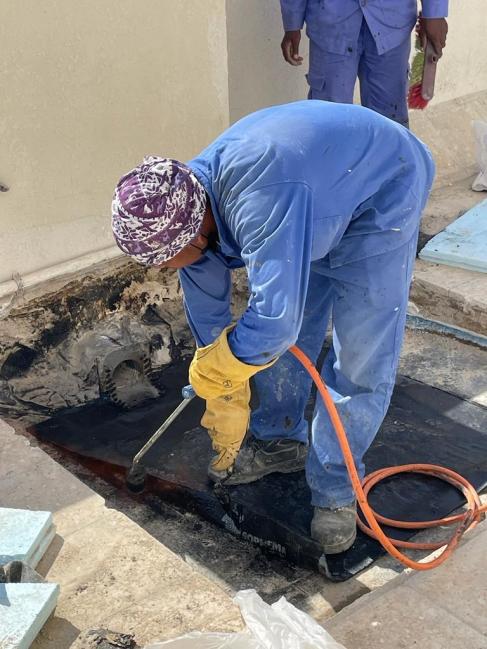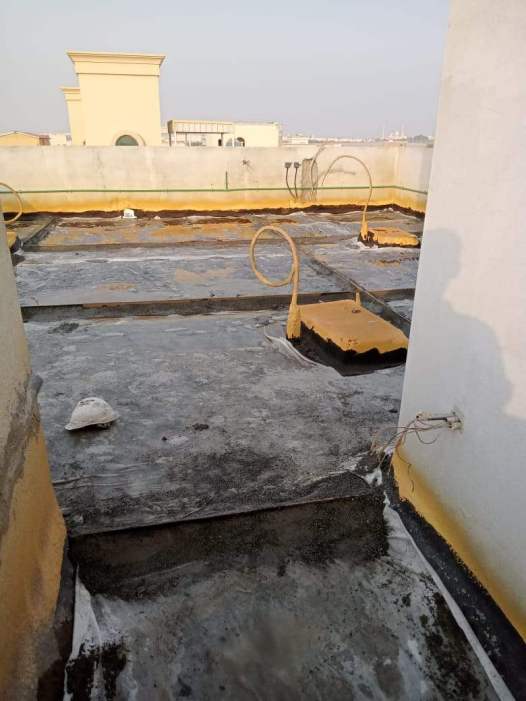GRP LINING SYSTEM
GRP LINING SYSTEM


GRP lining is a hose relining method in which the inliner used is a seamless glass fiber fabric hose. GRP lining can be used to rehabilitate sewers with damage such as root penetration, deposits, socket offset, cracks and pipe fractures.
Once the existing pipe has been cleaned and inspected by a camera, it is prepared for rehabilitation with milling and smoothing robots, which pull the folded inline hose into the existing pipe through a shaft. When subjected to compressed air the inliner unfolds and applies itself to the inside wall of the existing pipe. The curing method is selected according to site conditions - using either ultraviolet light or a mixture of air and steam. Unsaturated polyester resins or vinyl ester resins are used, depending on the level of exposure to chemicals. The curing process is continuously monitored and recorded with the help of automated devices.
DETAILS OF RAW MATERIALS FOR GRP LINING
Glass Fiber - Chopped Strand Mat (CSM)
Resin - Orthophalic Polyester Resin NCS 985 PA
Catalyst - Norpol MEKP
GRINDING
After concreting, many irregularities on the surface remain and if lamination is carried out on such surface finishing on the outer surface will be inferior. Hence, surface grinding of concrete has to be done, if necessary. This removes all irregularities and the surface becomes clean. Moreover, the ground surface has more porosity which will ensure a stronger bonding resin
DUST REMOVAL
After grinding, concrete powder and debris accumulate and this has to be removed as it gets entrapped between the lining and the surface. Hence, the concrete surface is to be cleaned
LAMINATION
Process of lamination for open areas of benching:
> After the surface preparation and removal of dust, the first coat of resin is applied to the concrete surface. Care is taken to see that the resin fills all voids in the concrete surface so as to avoid the formation of air bubbles.
> One coat resin is applied on the concrete surface. Then a first pre-trailed layer of glass fiber (CSM) is placed on the resin applied surface.
> A woolen roller is used for applying the resin on the mat.
> Second layer of glass fiber (CSM) is placed over the first layer with resin applied over it.
> Metallic roller is used to impregnate the lamination and to remove any air entrapment.
> Sufficient time is allowed for successive glass fiber impregnation to avoid peak exothermic heat.
> Successive layer is applied on the already impregnated lamination with thickness condition for better bonding between the layers. The procedure is repeated until the required thickness is achieved.
> Finally topcoat will be applied to the cured lamination.
TECHNICAL DETAILS
METHOD OF STATEMENT GRP LINING


GRP 3 mm LAMINATION
METHOD OF STATEMENT OF GRP LAMINATION
1. First layer filling putty and applying resin coating above RCC wall.
2. Second layer apply fibre mat with resin.
3. Thrid layer apply fibre mat with resin.
4. Fourth layer applying white gelcoat For filling the pin holes.